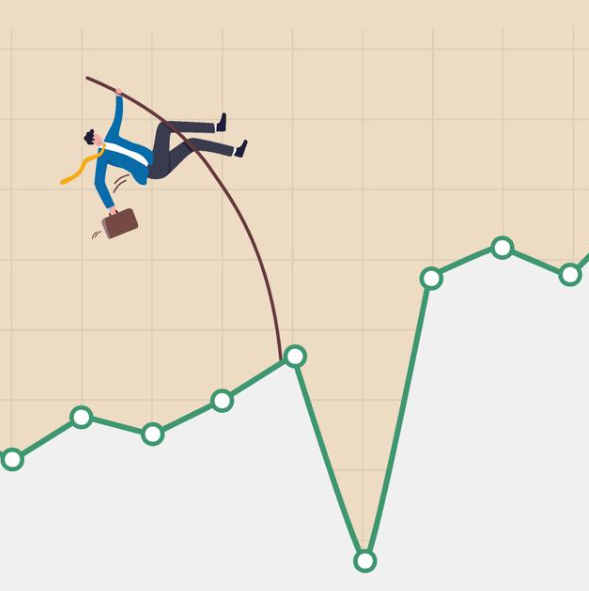Investing can be a complex decision, but strategies like systematic investing and dollar cost averaging are popular methods that simplify the process. While you might have heard of these terms, understanding their differences and how they work can help you determine if they’re the right fit for your financial goals. Chances are, you might already be using both without even realizing it, especially if you’re contributing to a retirement plan or participating in an automatic investment program.
What is Systematic Investing?
Systematic investing refers to setting up automatic, regular contributions to your investments, often on a weekly or monthly basis. These contributions are typically a fixed dollar amount or percentage, and they are made to a specific investment, like a mutual fund or employer-sponsored retirement plan. The payments are scheduled to occur automatically from your checking account or paycheck, ensuring you stay on track with your investment strategy.
Systematic Investing vs. Lump Sum Investing
When deciding between systematic investing and lump sum investing (where you invest all your money at once), you have to weigh the pros and cons of each approach. Lump sum investing allows you to potentially buy at a lower price and sell at a higher price, but it also comes with the risk of market timing. If you don’t pick the right moment, you might end up buying at a higher price and selling at a loss.
On the other hand, systematic investing spreads out your investments over time, which reduces the risk of making a poor timing decision. While this means you won’t invest the full amount all at once, it can also shield you from market volatility, allowing you to buy shares at different prices over time. Ultimately, the choice between the two comes down to your comfort level with risk and your investment philosophy.
Understanding Dollar Cost Averaging
Dollar cost averaging is a strategy where you invest the same amount of money regularly, regardless of how the investment’s price fluctuates. If the price of the investment goes down, you buy more shares for the same amount of money. Conversely, if the price goes up, you’ll buy fewer shares. This approach helps mitigate the emotional aspect of investing, ensuring that you’re consistently putting money into the market rather than trying to time it.
Comparing Investment Outcomes
To better understand how systematic investing and lump sum investing work in different market conditions, let’s look at two historical examples using the S&P 500 Exchange-Traded Fund (SPY), which tracks the performance of the S&P 500 Index.
The Great Recession (2007-2008)
If you had invested $1,000 monthly from November 2007 for a year, you would have experienced a loss of $2,927.84. However, if you had invested the entire $12,000 in a lump sum on November 1, 2007, your loss after one year would have been even greater, totaling $4,017.34.
The Pandemic (2020)
During the early stages of the pandemic, if you had invested a lump sum of $13,000 in March 2020, your investment would have increased by $10,260.54 by the end of the year. But if you had invested $1,000 monthly over the same period, your total gain would have been $2,802.92 — much less than the lump sum method.
So, Does Systematic Investing and Dollar Cost Averaging Make Sense?
At the end of the day, systematic investing and dollar cost averaging offer a disciplined approach to investing. These strategies take the guesswork and emotion out of market timing, which can be challenging to navigate. If you’re looking for a way to invest regularly without trying to predict the market’s highs and lows, these methods may be a great fit for you, especially if you’re working toward long-term financial goals. While both strategies come with their benefits and drawbacks, they help ensure that you’re consistently contributing to your future without the stress of timing the market perfectly.
By focusing on consistency and long-term results, dollar cost averaging and systematic investing could be just the approach you need to build a successful financial future.













